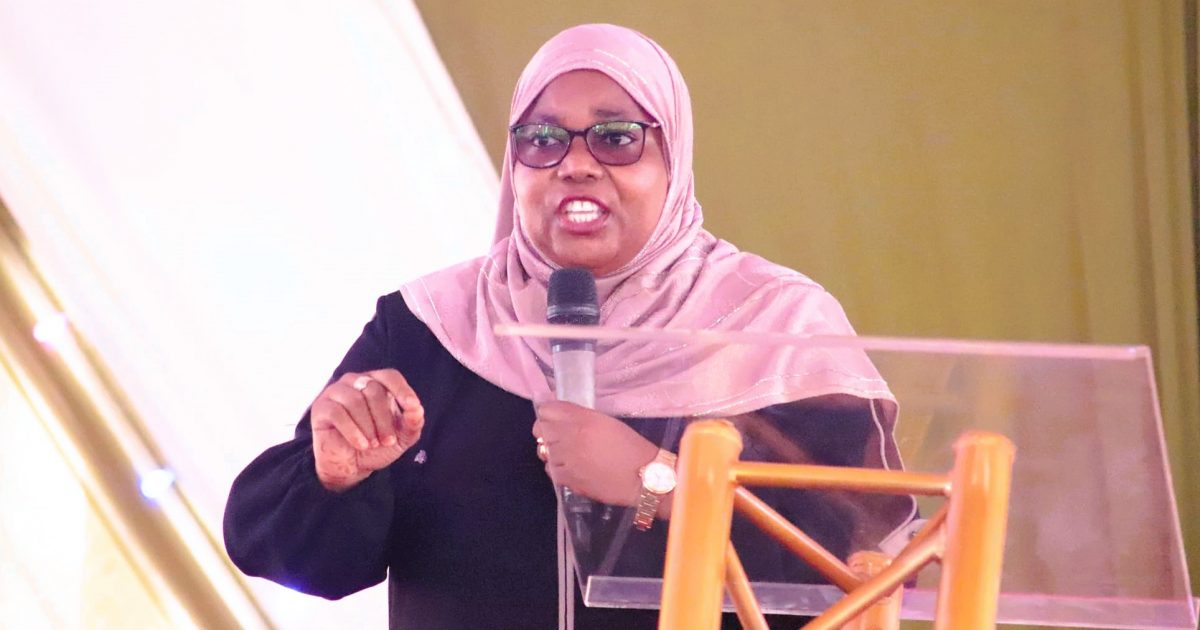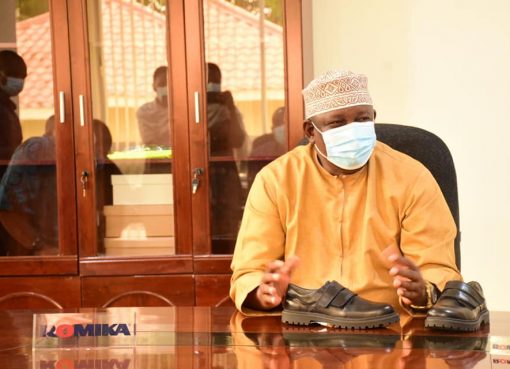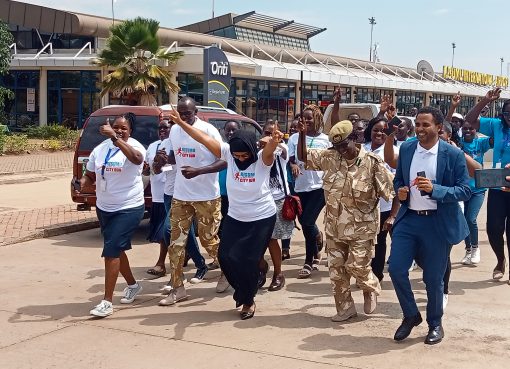Kwale County Commissioner (CC) Stephen Orinde has pledged to put in place stiff measures to prevent Sable antelope poaching and illegal wildlife trade in the Shimba Hills National Reserve.
Kwale County is home to Sable antelopes which are critically endangered and solely found in Shimba Hills National Reserve that straddles Shimba Hills and Matuga sub-counties.
Apart from being among the largest coastal forests in East Africa, Shimba Hills Forest Reserve is also home to the beautiful Sable antelope.
The Sable is a rotund, barrel-chested antelope with a short neck, long face, and dark mane and boasts impressive ringed horns that rise vertically and curve backward.
Conservationists contend that the Sable antelope tends to settle near water, in areas with good drainage and good grazing, putting them in direct conflict with humans who also value this type of land for farming and livestock rearing.
According to the Tourism and Wildlife Ministry the Sable antelope population has been facing threats such as poaching, predation, habitat loss, and inbreeding leading to a significant reduction in numbers.
Orinde says Kenyans should never allow any wildlife species to go extinct due to poaching resulting in tourist revenue stream cut-offs in the national parks.
The CC who is also the Chairman of the County Security and Intelligence Committee urged the Kenya Wildlife Service wardens to enhance patrols in poaching hotspots.
KWS in collaboration with conservation partners and stakeholders recently launched the second edition of the recovery and action plan for the Sable Antelope (2022-2031).
According to the KWS the Sable antelope numbers have plummeted from 265 in 1960 to 56 in the last 2023 wildlife census.
The recovery action plan focuses on preserving and restoring Sable antelope habitats, strengthening anti-poaching measures, promoting sustainable land use practices, and engaging local communities in conservation efforts.
The CC noted that conflict between wildlife and surrounding communities is one of the biggest threats to conservation efforts in the region and the safety of residents.
Mr. Orinde underscored the need for all and sundry to join hands to protect and safeguard these magnificent rare Sable antelopes for posterity.
The county administrator directed chiefs and their assistants in the two sub-counties to engage the local communities to stop illicit activities in the wildlife sector.
Orinde says chiefs and their assistants should put in place activities aimed at raising awareness about the importance of wildlife conservation and promoting sustainable conservation practices in their areas of jurisdiction.
He said the grassroots administrators should join hands with the KWS in the protection of wildlife resources through anti-poaching operations.
“Chiefs and their assistants must be in the forefront against wildlife poaching by conducting community sensitization campaigns against the vice,” he said and underscored the need to involve people to reduce incidents of poaching.
He said the grassroots administrators should sensitize the public on the importance of understanding how wild species interact within their ecosystems and how human activities such as logging and poaching cause biodiversity loss.
Kwale Governor Fatuma Achani expressed the pressing need for greater benefits to be derived from wildlife conservation initiatives by local communities emphasizing the potential of Kwale’s diverse wildlife population.
Governor Achani called for enhanced collaboration between relevant stakeholders including conservation organizations, national authorities, and local communities to reverse the devastating poaching trends.
Achani encouraged KWS personnel to maintain good relations with the communities living adjacent to animal parks and reserves as they go about protecting wildlife.
She said the devolved government will work closely with KWS in reducing cases of human-wildlife conflict in the coastal county.
The Governor said the county administration will undertake mitigation measures such as the construction of dams, pans, and boreholes aimed at curbing human-wildlife conflict which is caused by the adverse climate change and growing human populations.
By Hussein Abdullahi and Simon Kyalo





